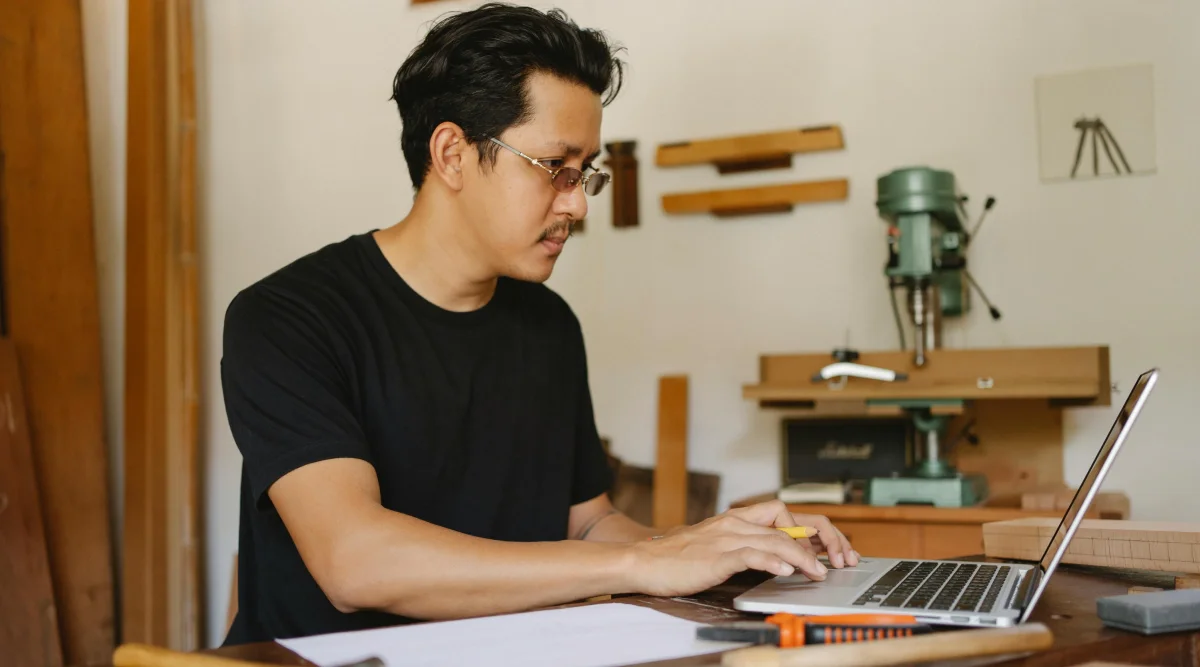Unlike other forms of intellectual property protection, patents require absolute novelty. This means no one can have invented, published, or otherwise made your invention before filing your patent. You have to do some research before you apply for a patent. The best way to get a patent is to ask yourself the following questions.

What makes my invention new?
Before you find out if your invention is novel, you need a firm grasp of what makes it new. Although not required, a patent search can potentially save an inventor thousands of dollars if the search reveals identical or nearly identical documents to their invention. The patent search can also help an inventor modify an invention to differentiate it from other inventions in the same field. After conducting a patent search, take a good look at all the related products and technologies and determine what makes your invention different.
Did you add a component? Change the order of the steps? Apply the technology in a new field? Before you can determine if your invention is novel, you must first know what makes it different from everything else.
Sometimes the determination of the new part of your invention will broaden its scope.
For example, you invent a new configuration of the machine that adds a foil guard to a machine to protect the gears. The foil flexes, which protects the gears while the machine moves.
You realize that the guard could be any flexible surface and not just foil. This broadens the scope of your patent by including other materials. You check similar devices, and very few have guards. Some have rigid guards that do not work very well. As the machine moves, debris falls around the guard and into the gears.
Understanding what makes your invention new will also give you a better sense of its value. If similar machines fail at a high rate due to debris jamming the gears, then you have a very immediate value; your invention will allow machines to run a longer time. Knowing what makes your invention new is critical to the next question.
Is your invention novel?
Before filing a patent, you have to know more than what is new about it: you have to know if it's novel. For a utility patent application, no other invention, publication, or product for sale can contain all of your invention elements.
In the example above, your foil guard is an improvement to an existing machine. Some of those existing machines have rigid guards, but none have your flexible guard. Is that novel?
It can be tough to say. The patent process entails negotiating with the patent office. You will need to convince the patent examiner that the flexible guard is not the same thing as the rigid guard or the machine without a guard.
What may be more difficult is convincing the examiner that the flexible guard is not obvious in the rigid guard's light. This means that your invention would not have been obvious to any reasonable person working in the field.
Obviousness
This is a frustrating argument for inventors because so many things are obvious in hindsight. To make an obvious argument, the examiner must find all the elements of your invention in one or more references.
For instance, the examiner may point to the existing machine with the rigid guard and a similar machine used for a different application with a flexible guard. The examiner will then argue that it was obvious to combine the two things to make your invention.
You can argue against any of those assertions: Your improved machine with the flexible guard is structurally and/or functionally different from the original machine, the flexible guard from the other machine is structurally and/or functionally different, or that no one would think to combine them. Obviousness arguments are common and require a well-written patent application to overcome.
Are you ready to file a patent application?
The America Invents Act (AIA) changed the U.S. Patent and Trademark Office (USPTO) to a first-to-file system. Thus, it is important to file an application early once you have conceived an invention, even if you are still experimenting. You are not required to prove an “actual reduction to practice”, that the invention actually works, when filing a patent application. The patent application must demonstrate that someone skilled in the art can reproduce the invention based on the information provided. If your theoretical results are well-supported and clearly explained, this can meet the enablement requirement. In this way, the patent application can serve as a “constructive reduction to practice.”
One way to get an early filing date without completing all the experiments is to place a bet. You may have a list of 10 materials you think will work for your guard, but no time to test them. File a provisional patent application and list all 10 materials. After filing a provisional application, you can continue to experiment, test materials, and keep records. This process can provide greater support for obtaining a patent with a nonprovisional patent application.
You will have a year before you need to file a full utility application. That utility can expand on using those 10 materials.
If you come up with additional materials for the invention, those materials are not supported in your original provisional application. You can add new materials and information in a nonprovisional patent application, but “new matter” will not be protected by the earlier provisional filing date.
There is no finish line for your invention; you are building an argument that your invention is new, novel, and not obvious.
Before filing a patent, make sure that you have a good idea of your invention’s novelty and if you have enough of a patent application to survive patent prosecution. That will help you to file the best patent application that you can.


